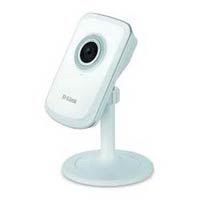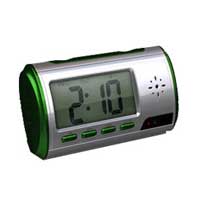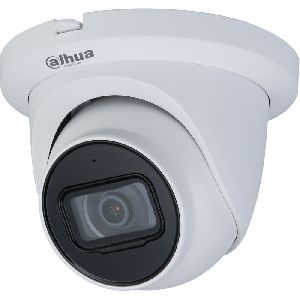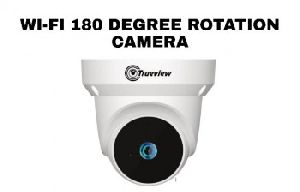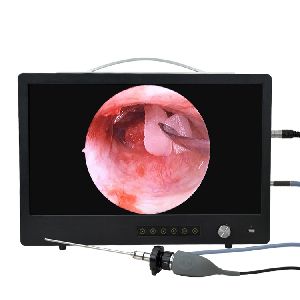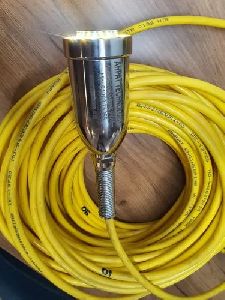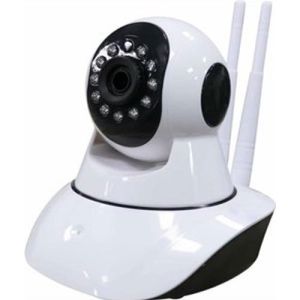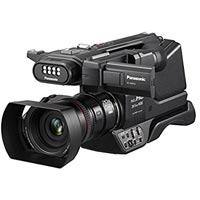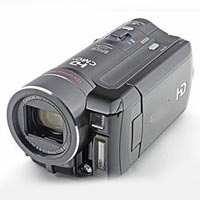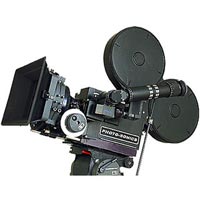Listing ID #4409600
Company Information
Ask for more detail from the seller
Contact SupplierSpecifications
All cameras are available in Dome/Dome IR/ Dome camera IR CMOS and Outdoor/ Outdoor IR with 3.6 mm/6mm/8mm/12mm lens.
Closed-circuit television (CCTV) cameras can produce images or recordings for surveillance purposes, and can be either video cameras, or digital stills cameras.
Video cameras are either analogue or digital, which means that they work on the basis of sending analogue or digital signals to a storage device such as a video tape recorder or desktop computer or laptop computer.
Analogue
Can record straight to a video tape recorder which are able to record analogue signals as pictures. If the analogue signals are recorded to tape, then the tape must run at a very slow speed in order to operate continuously. This is because in order to allow a three hour tape to run for 24 hours, it must be set to run on a time lapse basis which is usually about four frames a second. In one second, the camera scene can change dramatically. A person for example can have walked a distance of 1 meter, and therefore if the distance is divided into four parts, i.e. four frames or "snapshots" in time, then each frame invariably looks like a blur, unless the subject keeps relatively still.
Analogue signals can also be converted into a digital signal to enable the recordings to be stored on a PC as digital recordings. In that case the analogue video camera must be plugged directly into a video capture card in the computer, and the card then converts the analogue signal to digital. These cards are relatively cheap, but inevitably the resulting digital signals are compressed 5:1 (MPEG compression) in order for the video recordings to be saved on a continuous basis.
Another way to store recordings on a non-analogue media is through the use of a digital video recorder (DVR). Such a device is similar in functionality to a PC with a capture card and appropriate video recording software. Unlike PCs, most DVRs designed for CCTV purposes are embedded devices that require less maintenance and simpler setup than a PC-based solution, for a medium to large number of analogue cameras.
Some DVRs also allow digital broadcasting of the video signal, thus acting like a network camera. If a device does allow broadcasting of the video, but does not record it, then it's called a video server. These devices effectively turn any analogue camera (or any analogue video signal) into a network TV.
DigitalSaving uncompressed digital recordings takes up an enormous amount of hard drive space, and a few hours of uncompressed video could quickly fill up a hard drive. Holiday uncompressed recordings may look fine but one could not run uncompressed quality recordings on a continuous basis. Motion detection is therefore sometimes used as a work around solution to record in uncompressed quality.
However, in any situation where standard-definition video cameras are used, the quality is going to be poor because the maximum pixel resolution of the image chips in most of these devices is 320,000 pixels (analogue quality is measured in TV lines but the results are the same); they generally capture horizontal and vertical fields of lines and blend them together to make a single frame; the maximum frame rate is normally 30 frames per second.
That said, multi-megapixel IP-CCTV cameras are coming on the market. Still quite expensive, but they can capture video images at resolutions of 1, 2, 3, 5 and even up to 11 Mpix. Unlike with analogue cameras, details such as number plates are easily readable. At 11 Mpix, forensic quality images are made where each hand on a person can be distinguished. Because of the much higher resolutions available with these types of cameras, they can be set up to cover a wide area where normally several analogue cameras would have been needed.
NetworkBecause network cameras are embedded devices, and do not need to output an analogue signal, resolutions higher than CCTV analogue cameras are possible. A typical analogue CCTV camera has a PAL (768×576 pixels) or NTSC (720×480 pixels), whereas network cameras may have VGA (640×480 pixels), SVGA (800×600 pixels) or quad-VGA (1280×960 pixels, also referred to as "megapixel") resolutions.
An analogue or digital camera connected to a video server acts as a network camera, but the image size is restricted to that of the video standard of the camera. However, optics (lenses and image sensors), not video resolution, are the components that determine the image quality.
Network cameras can be used for very cheap surveillance solutions (requiring one network camera, some Ethernet cabling, and one PC), or to replace entire CCTV installations (cameras become network cameras, tape recorders become DVRs, and CCTV monitors become computers with TFT screens and specialised software. Digital video manufacturers claim that turning CCTV installations into digital video installations is inherently better).
There continues to be much debate over the merits and price-for-performance of Network cameras as compared to analog cameras. Many in the CCTV industry claim that many analog cameras can outperform network cameras at a lower price.


